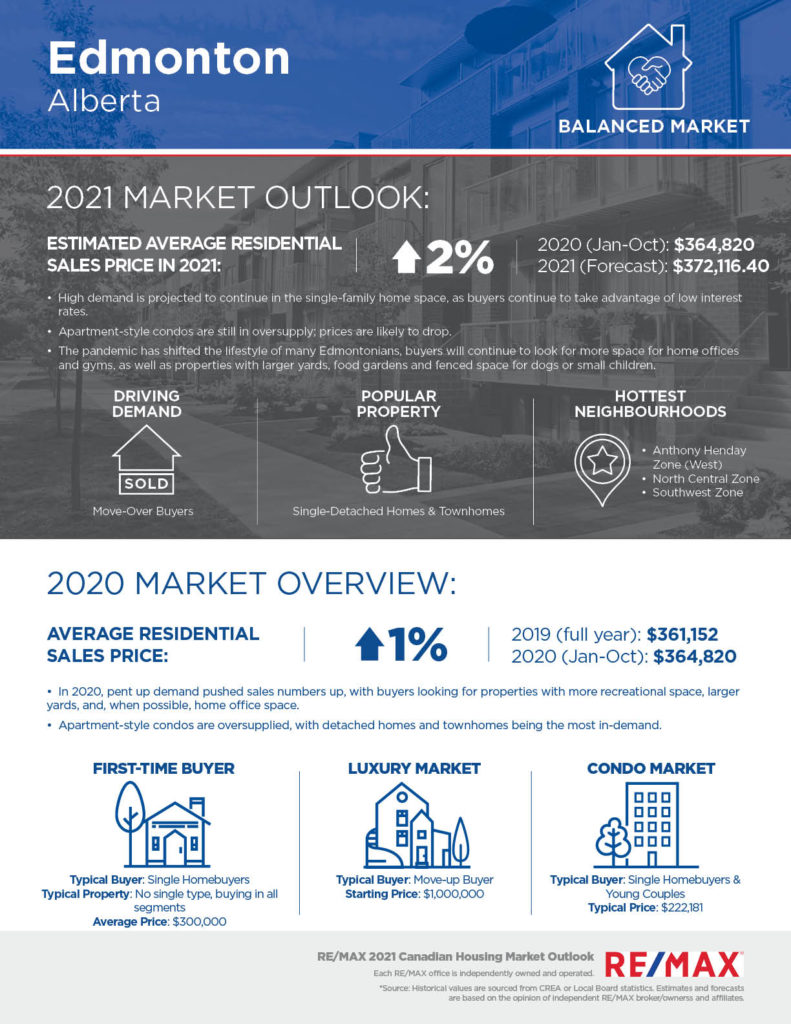When considering buying a property, Canadians are increasingly interested in newly constructed homes. They like the idea of a freshly-built property fitted with modern amenities and designed for energy efficiency. A new home is like a blank slate, allowing you to shape it according to your needs and personal style.
Another popular reason Canadians are looking into new homes is that they prefer master-planned communities. These are places where houses, parks, schools, shops, and recreation centers are all in one area, creating a holistic living environment. It’s a big draw for families who want a convenient, well-rounded lifestyle that fosters a sense of community. But while new homes often present several advantages, they come with a heftier price tag.
We explore the advantages and potential drawbacks of buying a newly-built home to help you make a more informed decision.
Benefits of Investing in a Brand-New House
Everything is Brand New
A new home pristine and untouched, from the appliances to the roof and down to each room. For instance, a freshly-installed, state-of-the-art kitchen suite or an unused, modern bathroom holds a certain allure. These brand-new elements bring peace of mind as you move into a space free from wear and tear. Plus, if issues arise with your furnace, roof, or deck in the early years, they’re likely covered by the warranty. So, you won’t have to worry about expensive repairs or other common problems that plague older homes.
Potential Energy Savings
Brand-new homes are often more energy-efficient, potentially lowering heating and cooling costs. Incorporating energy-efficient windows and insulation reduces heat loss in winter and keeps your home cooler in summer, bringing down your utility bills.
Pre-construction Customization
You can personalize your home by modifying floor plans or adding unique features that suit your lifestyle. You may design an open-concept kitchen or include a home office, making your new home reflect your taste.
Avoid Subpar Renovations
With new constructions, you won’t have to worry about discovering substandard renovations done by previous owners—a problem that can occur with resales. This removes the risk of hidden issues, such as poorly installed electrical systems or leaky plumbing, that might become evident only after you’ve moved in.
Disadvantages of Acquiring a Newly Constructed Home
It Might Come Partially Finished
By leaving some parts unfinished, builders can sell the home at a lower price, making the property more appealing to potential buyers, particularly price-conscious or first-time homebuyers. Buying an unfinished house comes with its own set of challenges and considerations. While it provides opportunities for customization and potential cost savings, it also implies taking on certain responsibilities.
Say your contractor doesn’t complete the basement; you’ll need to budget for insulation, drywall, electrical work, plumbing, and possibly HVAC systems. You might also have to secure necessary permits and ensure all work complies with local building codes. An unfinished home may also lack finished landscaping. You’ll need to plant grass, perhaps add a sprinkler system, and landscape the entire yard or pave your driveway.
Smaller Lot Sizes
As cities expand and land availability becomes limited, it’s becoming increasingly common for developers to build homes on smaller lots to maximize available space and optimize profits. Smaller lots mean homes are built closer together, which can lead to less privacy. For example, if homes are close to each other, neighbours might easily overhear conversations or look into each other’s windows. It also means less outdoor space. If you dream of a spacious backyard where your children can play, where you can entertain guests, or where you can have a large garden, it might not be possible with a small lot. Parking may also be a problem, especially If you have multiple vehicles,
Construction Delays
Unexpected events can cause potential delays that may throw off your plans to move in immediately. Supplier shortages, logistical issues, or global events can result in disruptions such as the supply of materials like lumber, steel, and appliances. If the builder plans a design that doesn’t meet local zoning regulations or building codes, they may need to revise the plans and reapply for the permit, causing more setbacks. Weather can also be a factor, especially if you’re building in a region with notoriously harsh winters. Construction may pause during peak winter months pushing back your expected move-in date. While most of these circumstances are often beyond the builder’s control, ensure your contract has clear terms addressing possible delays and how they’ll be handled.
You count on RE/MAX Canada to help you find your perfect home. Our savvy team knows the ins and outs of the buying process, ready to guide you in making well-informed decisions. Reach out and book a chat.
The post The Pros and Cons of New Homes in Canada appeared first on RE/MAX Canada.

